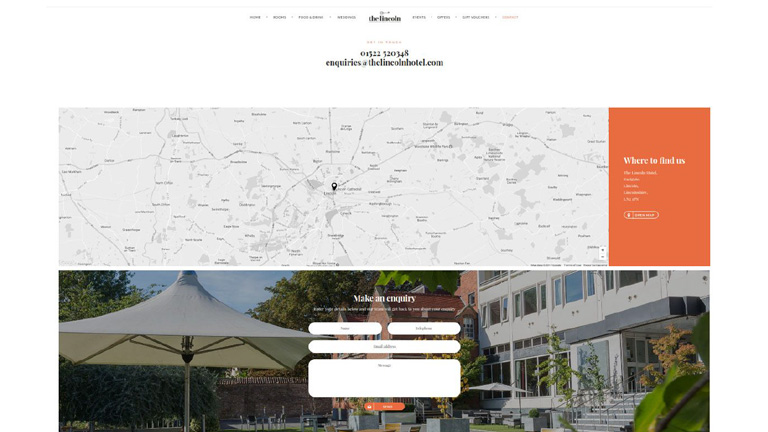You need to make sure your website presents your company in the best light possible. However, when a website is published and made available to the public, it is possible that few User Experience elements are often overlooked. This will have a detrimental effect on the website’s navigation, which will cause people to leave. As a result, it is critical that you eliminate any design errors by employing UX designing services and Enhance offering your visitors a stunning design.
Follow These Tips To Enhance User Experience Of Your Website
#1 Boost Page Loading Times
The poor loading time of a website is one of the most aggravating factors that utterly distract a visitor. In today’s world, there are a plethora of websites dedicated to a specific subject matter. Consequently, consumers will choose a website that loads quickly and provides the information they need to do their job. All UX design ideas that slow down a website must be avoided while developing a website.
Slow page load times not only frustrate your site’s users but also hinder your website’s SEO efforts. Customers will begin to explore elsewhere on the internet for better solutions, which is bad for your company’s bottom line.
#2 Examine The Broken Links
Increasing numbers of people are turning to their smartphones and tablets to get information on the web. We can thus say that creating websites that are mobile-friendly is essential, and no web designer can afford to ignore this requirement. A responsive website will guarantee that consumers enjoy a consistent or seamless experience regardless of the device they are using. The user experience (UX) of a website may be greatly enhance by making it mobile-friendly.
#3 Include Attractive CTAs
These “Call to Action” (CTA) buttons can be finicky. The click-through rate can be dramatically boosted or impacted by a few little adjustments. According to one case study, user experience designing services that used contrasting colors for their CTA buttons saw an increase in click rates of 122%. Moreover, it is crucial to consider the location. The closer a button is to the top of the page, the more likely it is to be clicked.
#4 Design Consistently and Simply
It’s always a good idea to redesign your website to include new design features. However, you must be careful not to drastically alter the appearance of your website in the process. Changing a considerable amount of the design will cause the users to believe that they’ve arrived at the wrong site.
Moreover, your website’s components must be clearly and easily seen by your visitors in order to maintain a consistent design. Texts, pictures, a nice contrast ratio, and a slew of other things fall within this category. Your site’s users shouldn’t have to exert extra effort to understand anything displayed to them.
#5 Reduce The Number Of Ads That Are Shown
Ads are an excellent method of generating revenue, but the brutal reality is that everyone dislikes them. These adverts take up valuable space on your website, which might have been used to provide additional information to your visitors. Ad blockers are commonly used by online users to avoid being bombarded with intrusive advertisements. An improved user experience may be achieved by providing users with full access and control over a website’s content.
#6 Colors Matter
Colors have a great deal of significance in terms of branding. Using a consistent color palette may boost brand awareness by as much as 80%. Various psychology studies have shown that when a company uses colors, buyers attach different meanings to them. For example, blue inspires a sense of trust and honesty, whereas orange conveys a sense of originality. Make sure that the colors you choose for your brand are consistent with the message you want to convey.
#7 Avoid 404 Error
404 or page not found messages bother everyone. If any user receives this notification, he may hesitate to visit your site in the future, which speaks to the quality of your website user experience. It’s pointless to maintain a website if you can’t lead the visitor to the appropriate page.
Conclusion
Even the smallest and most subtle adjustments can have a significant influence on UX design. In addition to these design tips, there are a slew of additional approaches that may be used to enhance the user experience on a website. However, the suggestions mentioned in this blog are regarded as some of the best for drastically enhancing your website’s UX. Contact our User Experience experts today to enhance your brand’s identity.
Learn more about hoe you can become a UX Expert here.


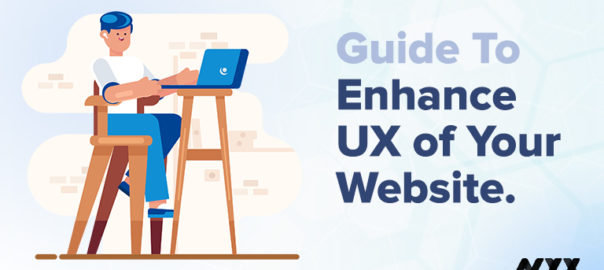
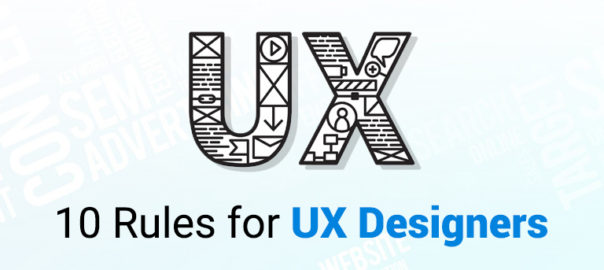


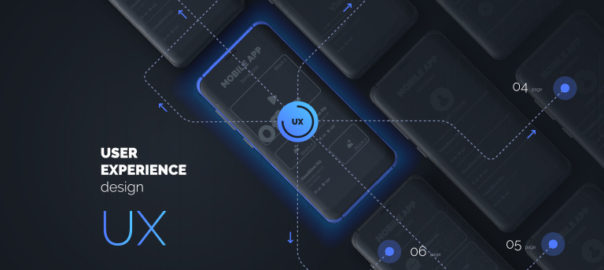
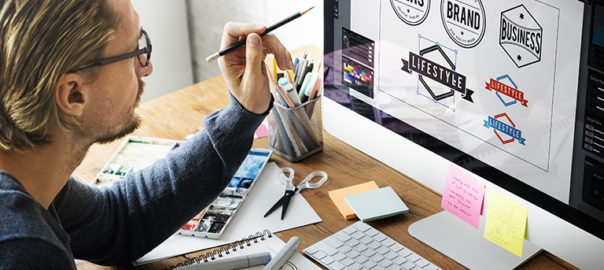
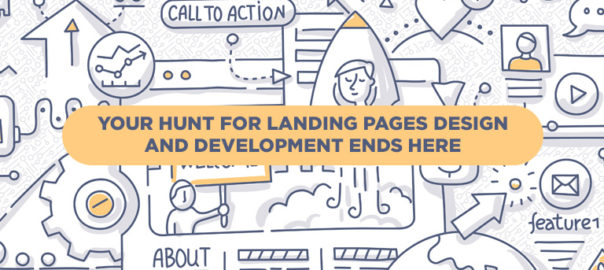
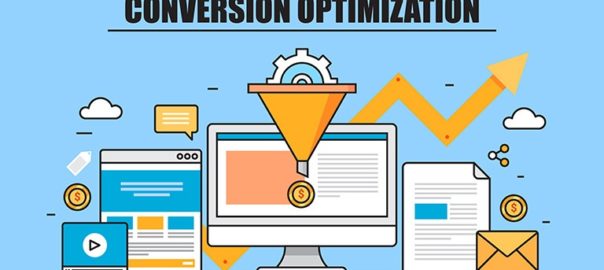
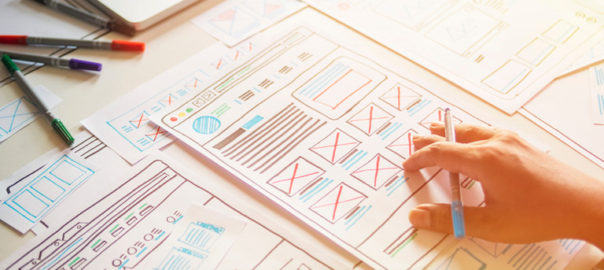

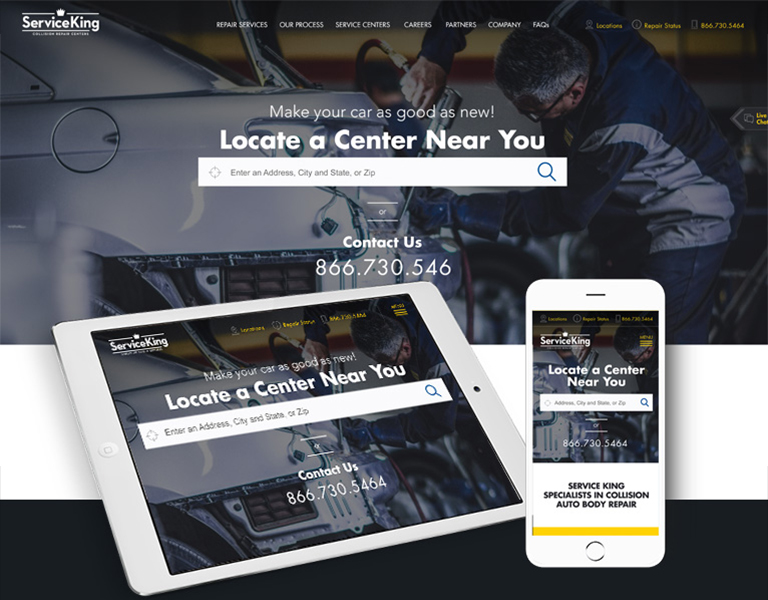

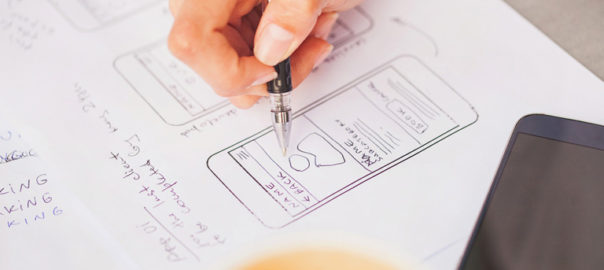
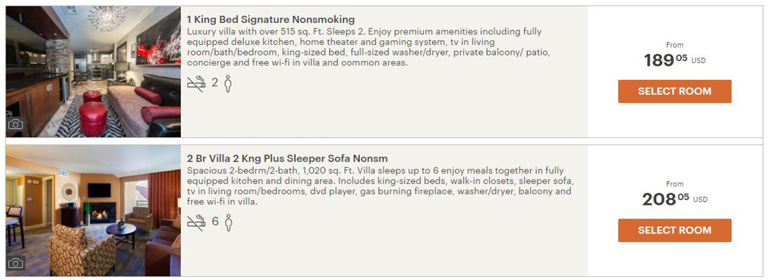 Source: Holiday Inn
Source: Holiday Inn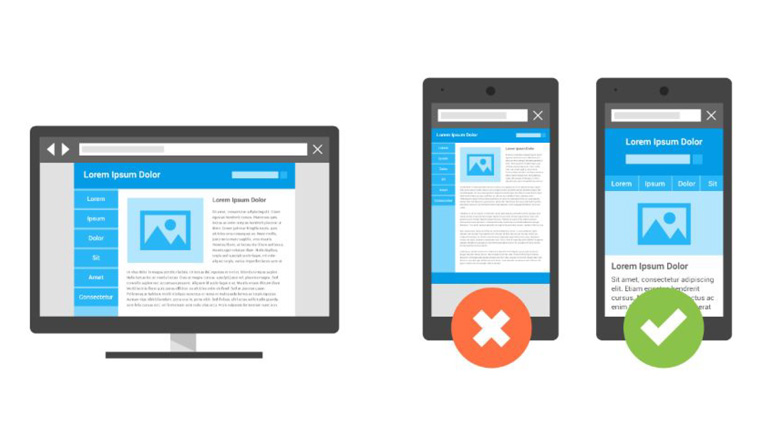
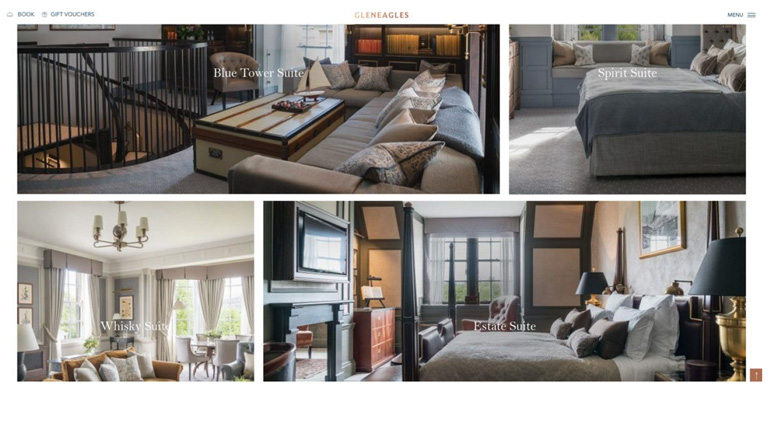 Source: Gleneagles.com
Source: Gleneagles.com